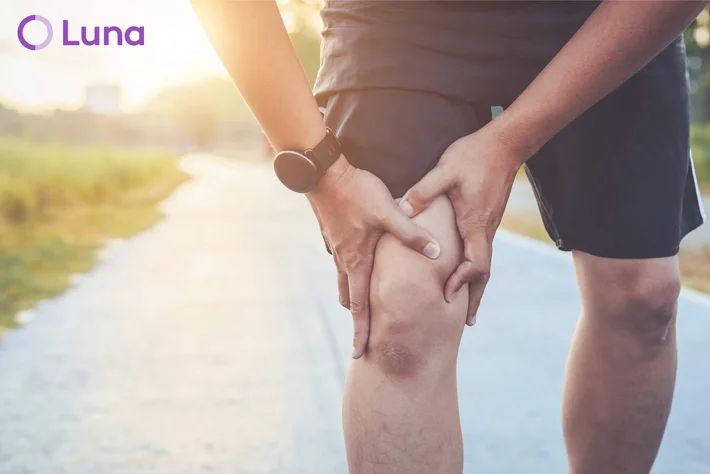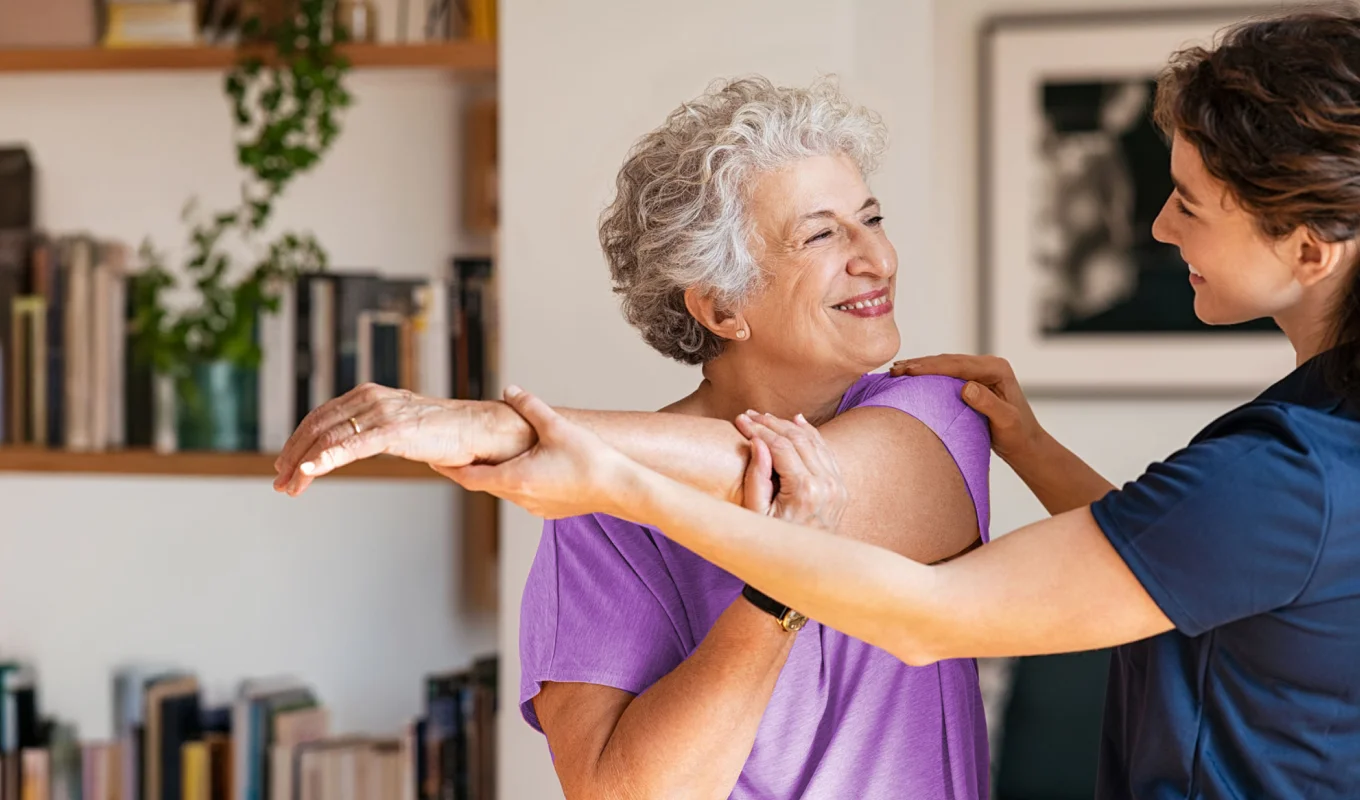It’s summer—the perfect time of year to get outdoors and enjoy the sunshine. If walking, hiking, gardening, or playing sports is in your plans, take time to take care of your knees. Keeping this critical joint stable and healthy is essential to a safe and fun-filled summer.
On the other hand, a bad knee can be bad news for your summer activities. “Because they’re the main hinge between the ground and the rest of your body, the knees serve as your ‘wheels’ that get you around and allow you to be active,” says University of
Pennsylvania orthopedic surgeon and sports medicine specialist Nicholas DiNubile, MD.
“Life can really go downhill when you damage your knees.”
The Incredible—Yet Incredibly Vulnerable—Knee
The knee is made up of muscles, ligaments, tendons, fluid-filled sacs called bursae, and bones. It is the largest joint in the body and connects the femur (thigh bone) to the tibia (shin bone). In fact, the knee is made up of not one, but two, different
joints:
- The tibiofemoral joint where the tibia meets the femur
- The patellofemoral joint where the patella (kneecap) meets the femur
It is amazingly easy to hurt your knee. Dr. Andrew Chung, an Ariz.-based
orthopedic surgeon, points out that the knee is prone to injury because it bears an incredible amount of pressure while providing flexible movement. He says that when we:
- Walk, the load on our knees is 1.5 times our body weight.
- Climb stairs, it is 3 to 4 times our body weight.
- Squat, the load skyrockets to about 8 times our body weight.
Damage to our knee can cause pain and reduce our ability to use it comfortably. Such damage can be caused by injury, overuse, mechanical problems, or existing conditions such as arthritis. Common problems that can result in knee pain include ACL injuries,
fractures, knee bursitis, osteoarthritis, or a dislocated kneecap. While not all knee pain may require a visit to the doctor, failing to figure out and correct its root cause can cause serious problems later on.
The signs and symptoms of knee problems vary depending on what the root cause is. Some common symptoms include:
- Pain
- Swelling
- Stiffness
- Weakness
- Crepitus (Popping sensations)
- Redness
How Physical Therapy Can Help Treat Knee Problems
Physical therapy can work wonders for alleviating knee pain—especially chronic or severe pain—and putting
you on the road to recovery. To develop an appropriate treatment, your physical therapist will perform a gait evaluation, range of motion measurements, strength measurements, and a balance assessment.
Your PT can prescribe treatments such as:
- Improved footwear and gait patterns to improve the alignment of your lower body and to help you better perform daily functions such as walking, running, jumping, bending, squatting, and climbing stairs.
- Strengthening quadriceps muscles, particularly the VMO, to stabilize the knee and
address glute weakness.
- Stretching and soft tissue mobilization to increase the flexibility of your quadriceps, hamstrings, iliotibial (IT) band, calf, and lateral retinaculum.
- Ice, active recovery, and appropriate rest to reduce pain and inflammation at the knee joint.
Whether in the clinic or delivered at home, physical therapy is good news for your knees—and
your summer plans!
Coming Up!
Stay tuned for more articles on keeping your knees healthy so you can enjoy your favorite activities this summer and beyond. We’ll share tips for safely gardening, hiking, and running. And we’ll do an update on some of our favorite athletes’ knees and
check their readiness for the seasons ahead!
In the meantime, you can learn more about knee health at these leading websites:









